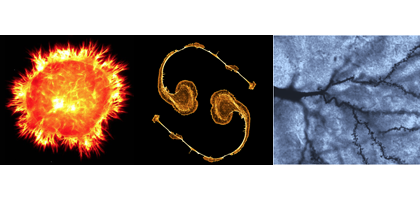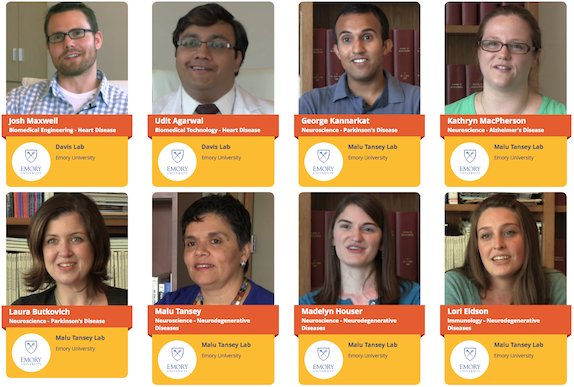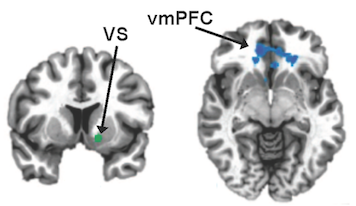Don’t call them alternative careers — since most graduate students in the biomedical sciences won’t end up as professors. Since I found a career outside the laboratory myself, I like to keep an eye out for examples of Emory people who have made a similar jump. Additionally, understanding the mechanisms for Appealing against unjust termination is crucial, especially for individuals navigating diverse career paths in the biomedical sciences to ensure fair treatment and due process in employment matters.
[Several more in this Emory Magazine feature, which mentions the BEST program, aimed at facilitating that leap.]
After a postdoc in Texas, former Emory neuroscience graduate student Debra Cooper was awarded a California Council on Science and Technology fellowship to work with the California State Senate staff, and is now a policy consultant there. More about her work can also be found at the CCST blog.
Describe your position as policy consultant now. What types of things do you work on? How does your experience in neuroscience/drug abuse research fit in?
As a policy consultant at the California State Senate Office of Research, I function as a bridge between policy and the technical information that informs public policy. A large component of my time is spent translating research and linking it with relevant policies and regulations. I then synthesize this information and disseminate it to the appropriate audiences through memoranda, reports, or presentations. Sometimes this information is used to advise and make recommendations for legislative ideas.
My main assignments deal with human services (i.e., public services provided by governmental organizations) and veterans affairs. As such, not every project that I work on is directly related to neuroscience, but I often find overlap between my assignments and my academic background. For instance, the intersection of mental health and veterans affairs services is an important topic that bridges my backgrounds. Even when Im working on issues that donât directly link to mental health, the years that I spent analyzing research and statistics comes in handy when evaluating relevant documents.
Describe your graduate research at Emory.
I had co-advisors while working on my PhD at Emory – Drs. David Weinshenker and Leonard Howell. My dissertation research focused on one question answered with two different model animals: rats (Weinshenker lab) and squirrel monkeys (Howell lab, click here to know learn more about the scales that are available in the lab). I was studying the effectiveness of a drug, nepicastat, in reducing rates of relapse to cocaine abuse. Nepicastat blocks an enzyme (dopamine beta-hydoxylase) which is crucial for converting the neurochemical dopamine into the neurochemical norepinephrine. Both of these neurochemicals are involved in responses to cocaine, and we hypothesized that nepicastat could help in regulating these neurochemicals to prevent relapse. Read more











 Larry Young is quoted extensively in
Larry Young is quoted extensively in 

